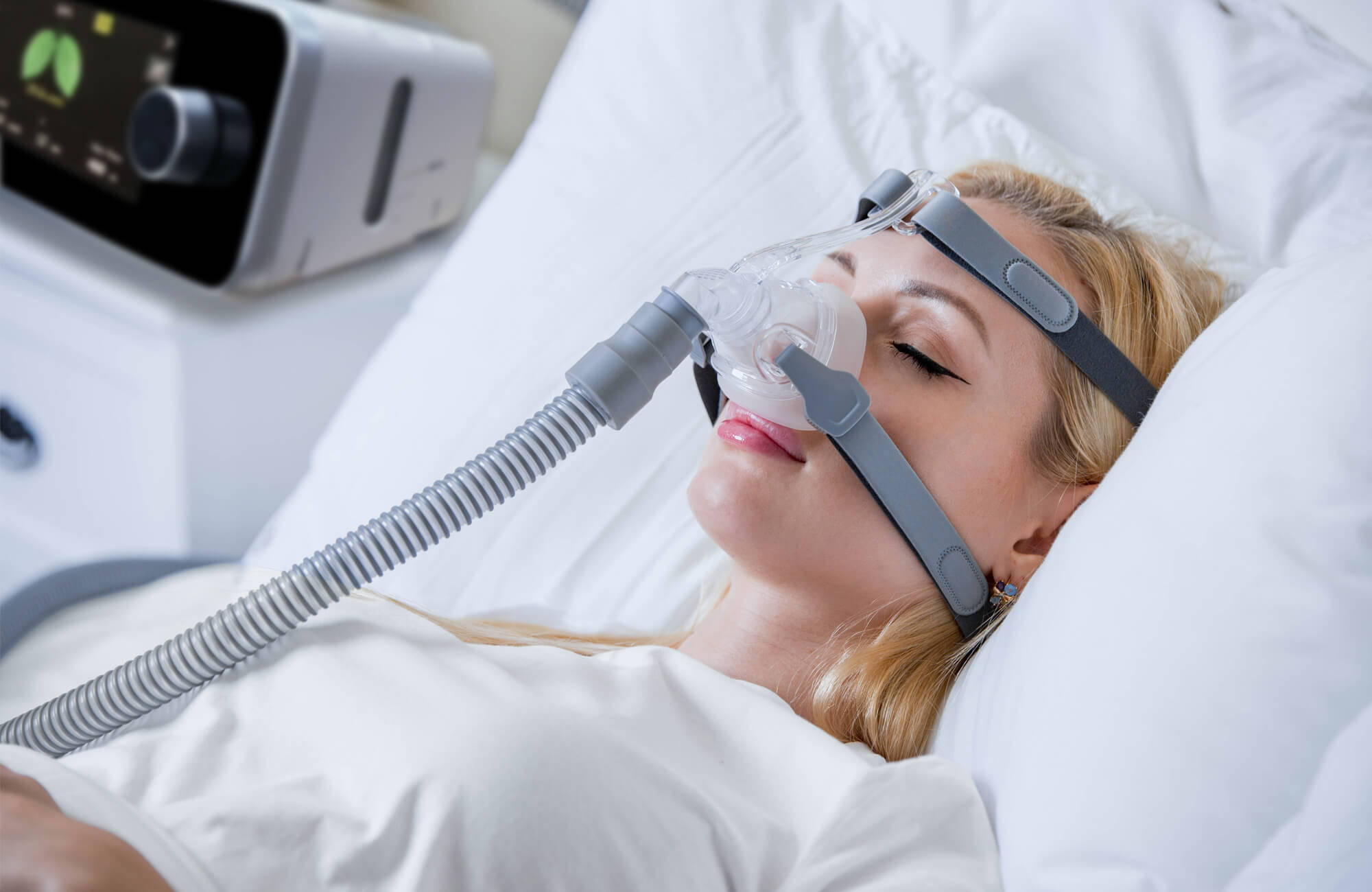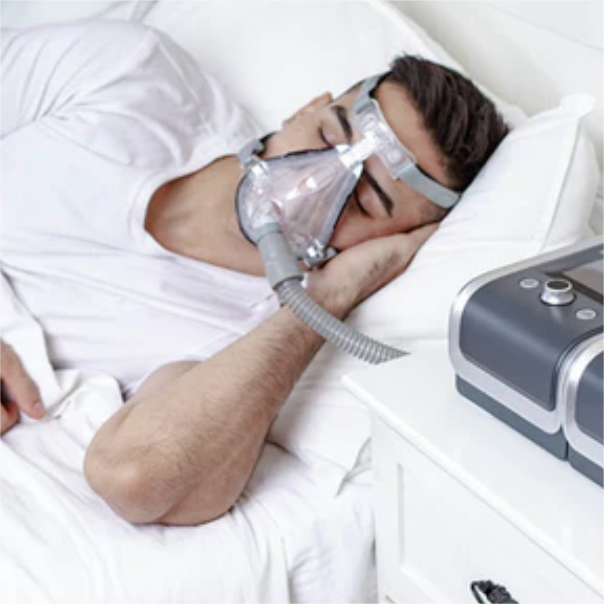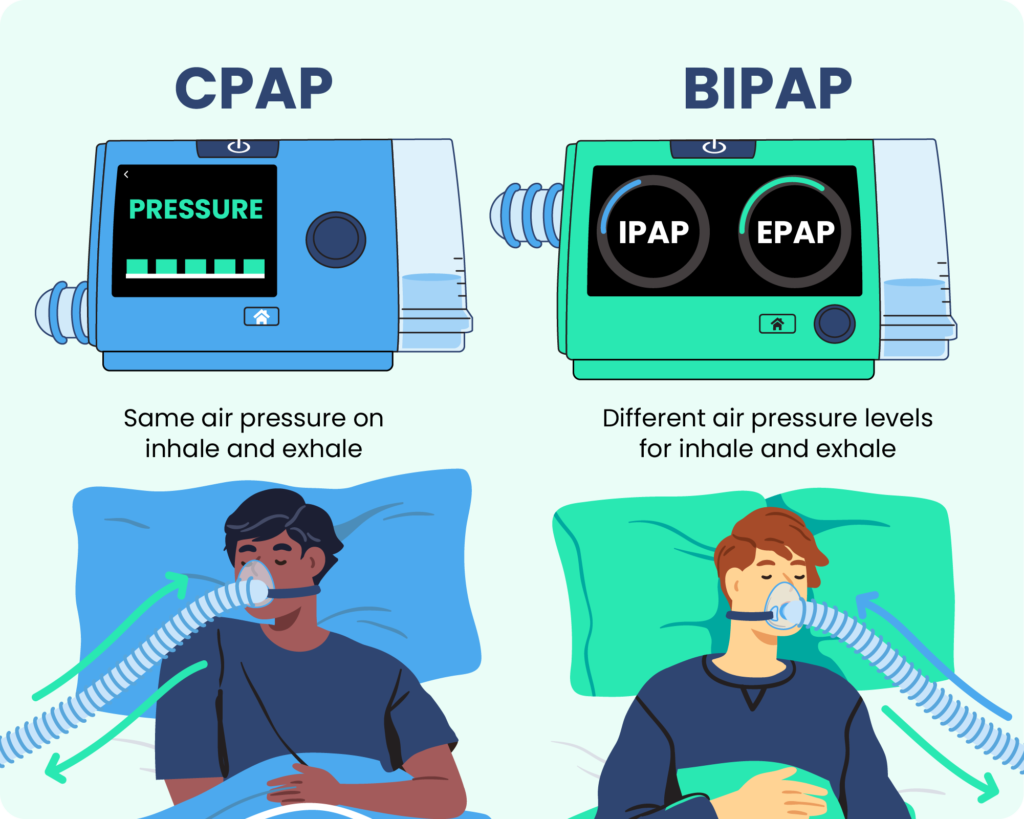Hassle-free BiPAP Rental Services with Quick Delivery
Hassle-free BiPAP Rental Services with Quick Delivery
Blog Article
Bipap vs. CPAP: Which Is the very best for Your Rest Condition?
When browsing the complexities of rest conditions, the selection in between BiPAP and CPAP therapy is an essential factor to consider. While CPAP provides a constant airflow ideal for obstructive sleep apnea, BiPAP's double stress settings might enhance convenience for those with even more complex respiratory issues.
Comprehending Rest Disorders
Sleep disorders incorporate a range of problems that interrupt normal sleep patterns, influencing both the high quality and duration of rest. These disorders can materialize in various types, including sleeping disorders, rest apnea, narcolepsy, agitated leg disorder, and parasomnias. Each problem presents special obstacles, typically bring about significant daytime tiredness, cognitive problems, and emotional disturbances.
Sleeplessness is identified by difficulty falling or staying asleep, while rest apnea entails repeated interruptions in breathing during rest, usually leading to fragmented rest. Narcolepsy, on the other hand, is noted by too much daytime drowsiness and abrupt sleep attacks. Agitated leg syndrome triggers uneasy experiences in the legs, motivating an uncontrollable desire to move them, which can likewise impede the capability to drop off to sleep.
The influence of rest problems expands past specific wellness, affecting general efficiency, connections, and quality of life. Comprehending the particular nature of each condition is important for efficient diagnosis and treatment. As sleep health becomes significantly identified as a vital component of total wellness, resolving these problems is crucial for enhancing both rest top quality and everyday functioning.
How CPAP Works
Continual Favorable Air Passage Pressure (CPAP) therapy is often used as a primary therapy for obstructive rest apnea (OSA) The device of CPAP includes using a maker that provides a stable stream of air via a mask put on during sleep. This airflow keeps positive stress in the respiratory tract, preventing the collapse or blockage of the throat that can happen during rest.
When a client inhales, the CPAP equipment supplies a continuous circulation of air, making sure that the airway continues to be open - BiPAP Rental. This not only alleviates the signs and symptoms of OSA, such as snoring and interrupted rest patterns, however also minimizes the involved wellness dangers, consisting of cardiovascular difficulties and daytime tiredness
The pressure settings on a CPAP device can be tailored to fulfill individual patient requirements, usually determined with a sleep research study. On the whole, CPAP therapy has been shown to substantially boost the top quality of rest and overall health for individuals enduring from obstructive rest apnea.
Just How BiPAP Works
BiPAP, or Bilevel Positive Airway Pressure, is a specialized form of non-invasive ventilation that is especially beneficial for clients with conditions such as complicated sleep apnea or breathing conditions. Unlike CPAP, which provides a continuous stream of air at a single stress, BiPAP provides 2 distinctive stress settings: a higher inspiratory pressure for inhalation and a reduced expiratory stress for exhalation. This dual-pressure strategy enables easier breathing, lowering the effort needed during exhalation.
The gadget runs with a mask fitted over the nose or mouth, linked to a machine that generates atmospheric pressure. When the patient inhales, the device delivers the higher pressure to help with air flow, making certain that the respiratory tract remains open. Upon exhalation, the device immediately reduces the stress, making it a lot more comfortable for the individual to take a breath out.

Secret Differences Between BiPAP and CPAP

In contrast, BiPAP (Bilevel Positive Airway Stress) supplies two various stress setups: one for inhalation and a lower one for exhalation. This twin pressure system permits more comfortable breathing, especially for patients that fight with breathing out versus a constant pressure. BiPAP is typically suggested for clients with intricate sleep apnea, persistent obstructive lung disease (COPD), or those Click This Link that need added content assistance during sleep.
Additionally, the intricacy of BiPAP gadgets commonly results in a greater cost and calls for extra careful titration than CPAP. BiPAP Rental. Understanding these key distinctions can assist in identifying which device might be preferable for details rest conditions, setting the foundation for informed therapy choices
Selecting the Right Treatment
The choice in between BiPAP and CPAP treatment largely hinges on the details attributes of the rest problem, the person's overall health and wellness, and their convenience with the gadget. CPAP, which delivers a continual stream of air, is commonly recommended for obstructive rest apnea (OSA)
Conversely, BiPAP offers two levels of stress: one for inhalation and a reduced one for exhalation. This twin stress system is valuable for patients with intricate rest apnea or those that experience difficulty exhaling against a continuous pressure. In addition, BiPAP is commonly suggested for individuals with respiratory system problems, such as chronic obstructive lung illness (COPD), where varying pressure settings can enhance convenience and compliance.
Eventually, a thorough analysis by a sleep expert, including a sleep research, can aid establish which therapy straightens finest with the client's demands. Factors such as convenience, simplicity of use, and details clinical problems should additionally be taken into factor to consider to enhance therapy end results.
Verdict
In recap, both BiPAP and CPAP serve distinctive functions in the administration of sleep problems. CPAP works for obstructive sleep apnea with consistent airflow, while BiPAP supplies twin pressure settings that improve convenience for those with complex rest apnea or respiratory system issues. The selection between these treatments should be assisted by individual requirements and conditions, requiring a comprehensive analysis by a sleep professional to make sure optimum treatment outcomes and boosted high quality of sleep.

In general, CPAP treatment has been revealed to dramatically improve the high quality of rest and general wellness for individuals suffering from obstructive sleep apnea.
BiPAP is commonly recommended for people with complicated sleep apnea, persistent obstructive pulmonary illness (COPD), or those who need additional assistance during sleep.
CPAP is effective for obstructive sleep apnea through regular air flow, while BiPAP offers dual pressure setups that enhance comfort for those with intricate sleep apnea or respiratory system problems.
Report this page